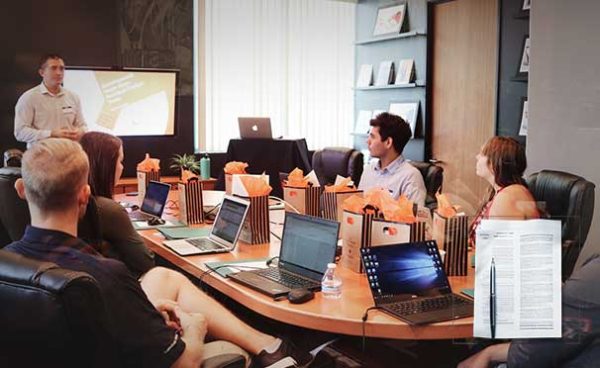Balancing Safety & Profitability: An HRM Challenge
No Fee
| Case ID: | HRM-VISTA-20230730-1-V1 |
|---|---|
| License: | CC BY-NC-SA 4.0 |
| Pages | 3 pgs |
| Case Study Analysis | Not Included |
| Teaching Notes | Not Included |
| Ai Level | Content co-authored with the OpenAI API |
| Category(s) | Human Resource Management: 9/10 |
This case study, “Balancing Safety & Profitability: An HRM Challenge,” revolves around Samantha Palmer, an HR Director at Vista Manufacturing Co., who grapples with escalating workplace safety concerns amidst the need for sustained profitability. Her dilemma illuminates the complex role HRM plays in risk mitigation, strategy implementation, and fostering a safety culture that aligns with a company’s economic goals. This real-world scenario presents an opportunity for learners to understand the intricacies of strategic decision-making in HRM, ethics, and finance, while promoting critical thinking and practical application of theoretical knowledge.
Discipline Relevance Rating (Out of 10):
- Human Resource Management: 9/10 The case study revolves around an HR Director's dilemma, making it highly relevant for an HRM course. It incorporates various HR responsibilities, such as workplace safety, regulatory compliance, strategic decision-making, and managing employee morale.
- Ethics: 8/10 The case touches on ethical considerations like worker safety versus profitability and the duty of care an employer has towards its employees, making it applicable for an Ethics course.
- Strategy: 7/10 Samantha's proposal and its potential implications for Vista's future make this case relevant for a Strategy course. It emphasizes strategic decision-making and the trade-offs involved.
- General Management: 7/10 The case includes aspects of decision-making, stakeholder management, and balancing competing priorities that fall under the purview of General Management.
- Finance: 6/10 While not the primary focus, the case touches on financial considerations, such as cost of safety measures, potential fines, and implications for profitability.
Weaknesses of This Case Structure:
- Insufficient Data and Quantitative Analysis: The case lacks specific data related to the costs and benefits of implementing the safety program, as well as the financial impact of past accidents. This makes it difficult to perform a comprehensive quantitative analysis, which could limit the depth of discussion and understanding.
- Lack of Clear Stakeholder Perspectives: The case does not provide enough direct quotes or perspectives from other key stakeholders such as employees, the union representative, or the CEO. This limits the understanding of their views and the potential resistance or support Samantha might encounter.
- Limited Conflict and Resolution: The case outlines the problem and Samantha's proposed solution, but it doesn't delve into the process of how Samantha or the company would resolve the situation if her proposal is not approved. A better structure might include an exploration of alternate solutions or negotiations.
- Scenario Complexity: While the case does a good job of illustrating the dilemma, it could benefit from adding additional layers of complexity such as conflicting internal policies, market conditions, or other concurrent HR challenges.
Strengths of This Case:
- Real-world Dilemma: The case presents a realistic situation that many HR professionals and organizations may face, making it relevant and applicable for learners.
- Multi-disciplinary Approach: The case does a good job of integrating aspects of HRM, Ethics, Strategy, and Finance, providing a holistic understanding of the business environment.
- Strategic Decision Making: The case effectively emphasizes the strategic aspect of HRM and the role HR plays in organizational sustainability and risk management.
- Character Development: The case introduces Samantha as a strong central character, with a clear role and responsibilities, making it easier for learners to empathize and engage with her situation.
- Scope for Discussion: The case presents a difficult decision with no obvious 'right' answer, offering ample opportunity for in-depth discussion and critical thinking.





